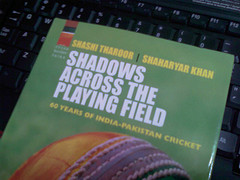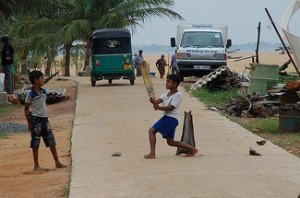India: Killing the Messenger, Ignoring the Message
April 9, 2011: Three recent episodes, seemingly unrelated:
November 29, 2009: Reuters reported that Indian officials were investigating the leak of a radioactive substance into drinking water from an atomic power plant in Kaira, south of Bangalore.
April 10, 2010: the Times of India reported that exposure to radioactive Cobalt-60 in scrap at a disposal site outside of Delhi had left four workers fighting for their lives. The scrap had not originated in a nuclear facility but from industrial waste. Over the next month, government statements reiterated that those who handled potentially toxic waste were supposed to follow “stringent procedures.
August 13, 2010: NDTV (New Delhi Television) reported that British researchers had found a super-antibiotic-resistant bacterium in India. The scientific community, which often follows the practice of naming bacteria after the place where they are first isolated and identified, has given this one the name New Delhi Metallo-1. On April 7, 2011, BBC reported that a group of scientists in Cardiff had found antibiotic-resistant bacteria in Delhi drinking water. It is not clear whether these were the same type of bacteria. In both cases, the Indian health authorities immediately dismissed the studies involved.
Continue reading “India: Killing the Messenger, Ignoring the Message”



